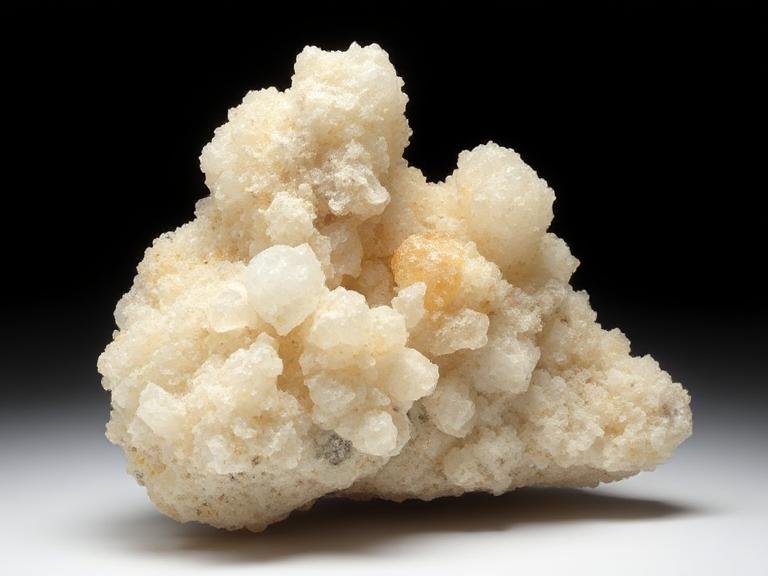Table of Contents
- Introduction
- What is Mica?
- How is Mica Formed?
- Types of Mica
- Major Mica Mining Locations
- Industrial Uses of Mica
- AUKI MICA: Leading Supplier of Mica Materials
- Summary Table
Introduction
Mica is a naturally occurring mineral known for its heat resistance, electrical insulation, and remarkable structural properties. It plays a critical role in various industries including electronics, construction, cosmetics, and more. This article explores how mica is formed, where it is found, the types that exist, and the wide range of applications it supports. We also introduce AUKI MICA, a premier global supplier of high-end mica insulating materials.
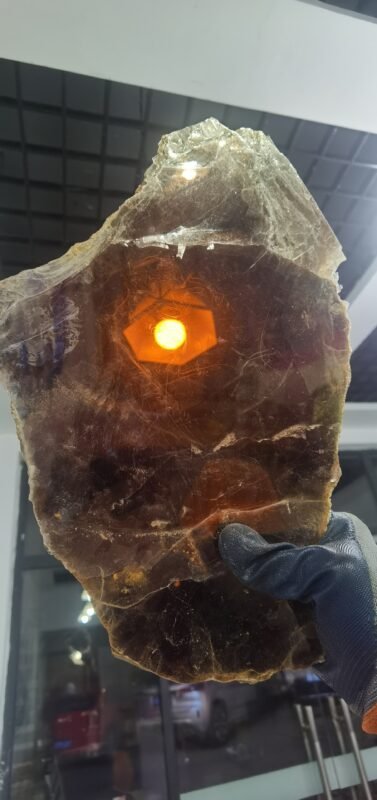
What is Mica?
Mica refers to a group of silicate minerals that are physically and chemically similar. They are characterized by their sheet-like structure, excellent cleavage properties, and the ability to withstand high temperatures and voltages.
- Chemical Composition: Mica is primarily composed of potassium, aluminum, magnesium, iron, and silicon.
- Appearance: Transparent to opaque with a glassy or pearly luster.
- Physical Structure: Forms in thin, flat sheets or flakes that are flexible and resilient.
How is Mica Formed?
Mica forms under specific geological conditions over millions of years. It is usually found in igneous, metamorphic, and occasionally sedimentary rocks. The formation process involves heat, pressure, and the presence of key chemical elements.
1. Formation in Igneous Rocks
- Mica forms as magma cools and solidifies deep within the Earth’s crust.
- Elements such as potassium, aluminum, and silicon crystallize into mica sheets during the slow cooling process.
- Examples include granite and pegmatite rocks.
2. Formation in Metamorphic Rocks
- Mica also develops through the metamorphosis of existing rock under heat and pressure.
- Common metamorphic rocks containing mica include schist and gneiss.
- Minerals reorient and recrystallize to form the layered structure characteristic of mica.
3. Formation in Sedimentary Rocks (Rare)
- Although uncommon, mica can occur in sedimentary environments.
- These are typically secondary deposits transported by water or wind.
Types of Mica
There are over 30 different types of mica, but the most commonly used varieties in industry include:
Muscovite
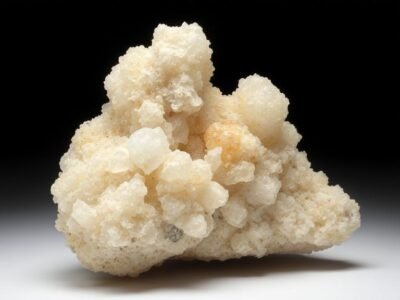
- Color: Clear, silver, or light green
- Applications: Electrical insulation, capacitors, cosmetics
Phlogopite
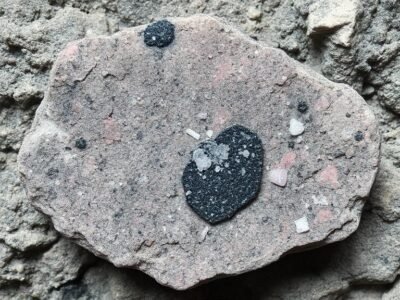
- Color: Brown to black
- Applications: Thermal insulation, high-temperature environments
Biotite
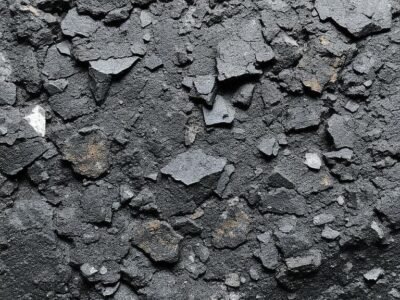
- Color: Dark brown to black
- Applications: Construction, geological research
Others
- Lepidolite (lithium-rich mica used in battery production)
- Zinnwaldite (tin-bearing mica for specialized electronics)
Major Mica Mining Locations
Mica is mined from both surface and underground mines worldwide. The top mica-producing regions include:
- Pakistan & Afghanistan: Rich natural reserves and home to AUKI MICA’s mining operations.
- India: Long-time global leader in mica exports, especially muscovite.
- Africa: Various V1 mica deposits with increasing global interest.
- China: Advanced processing and manufacturing hubs for mica-based products.
Industrial Uses of Mica
Mica’s unique physical and electrical properties make it valuable in numerous applications:
- Electronics: Used in capacitors, insulators, and semiconductors.
- Construction: Reinforcement for cement and plaster, as well as fireproofing materials.
- Automotive: Heat shields and electrical components.
- Cosmetics: Mica adds shimmer and a silky texture to makeup products.
- Aerospace: High-heat-resistant insulation and lightweight components.
AUKI MICA: Leading Supplier of Mica Materials
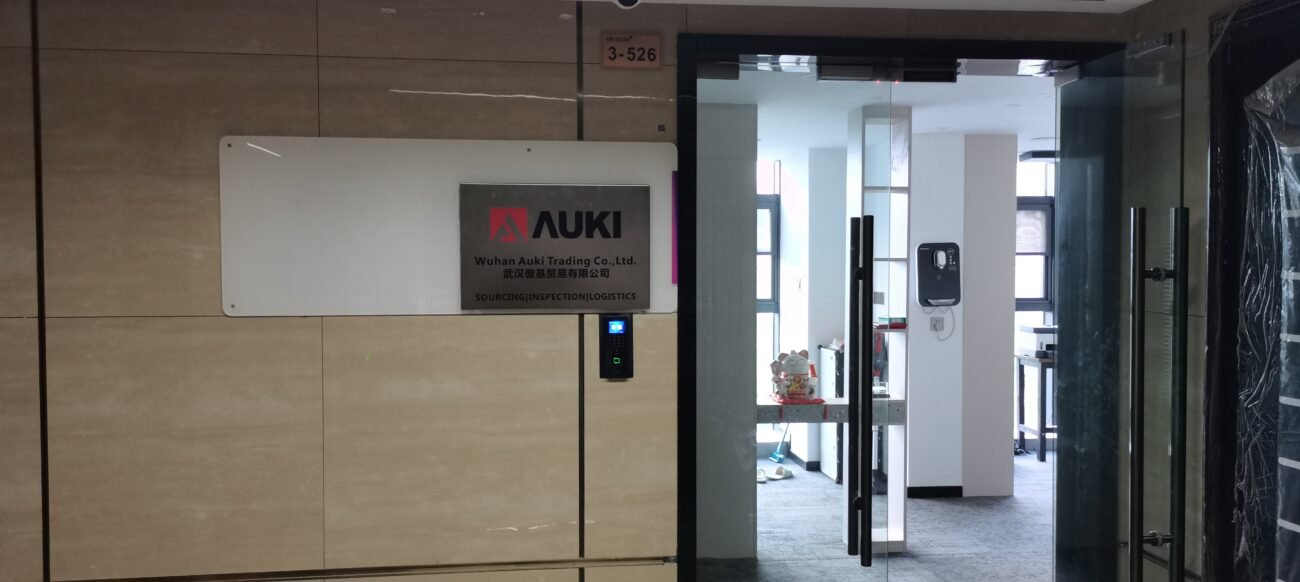
AUKI MICA is a top-tier supplier of high-end mica insulating materials, offering both raw mica and finished mica components for global markets.
What Sets AUKI MICA Apart?
- Exclusive Mine Access: Owns mica resources in Pakistan and Afghanistan.
- Global Sourcing: Strong partnerships with V1 mica mines in Africa and India.
- Custom Solutions: Tailored mica products for diverse industrial needs.
- Premium Quality: Strict sorting and processing before export to ensure top-grade products.
Product Portfolio
AUKI MICA offers a comprehensive selection of high-performance mica materials:
Whether you need standard parts or custom mica insulation solutions, AUKI MICA combines raw resource access with precision manufacturing to serve your needs efficiently.
Summary Table
| Aspect | Details |
|---|---|
| Formation Process | Igneous and metamorphic processes under heat and pressure |
| Common Types | Muscovite, Phlogopite, Biotite, Lepidolite |
| Mining Locations | Pakistan, Afghanistan, India, Africa, China |
| Main Uses | Electronics, construction, cosmetics, aerospace |
| Top Supplier | AUKI MICA — Premium raw and processed mica products |
In conclusion, mica is a vital mineral formed through natural geological processes and essential to many industries. With dependable suppliers like AUKI MICA, businesses can access top-grade mica products backed by mine-to-market control and tailored engineering.

